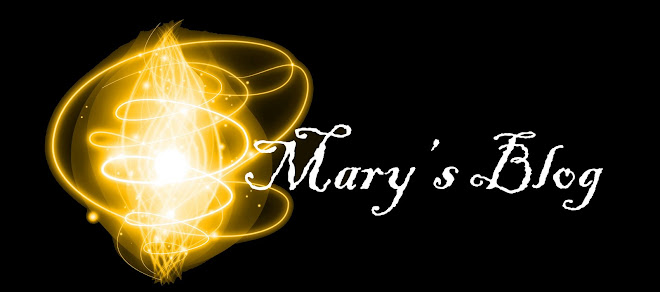In what ways does your media product use, develop or challenge forms and conventions of real media products?
My magazine cover challenges forms and conventions of real media products because it doesn’t have a bar code or price on it because it is a school’s magazine and it’s free. Also the magazine hasn’t got a kicker. This is because I couldn’t think of one first of all then I realised that I didn’t really want a kicker so I decided not to put it onto my magazine cover. Most magazines have a lot of cover lines on their front cover whereas I only have about 4 cover lines. The magazine is a monthly issue because it was be very hard if it was weekly because the magazine will not hard a lot of articles because not a lot happens in school. Alot of magazine will have an issues number whereas my magazine cover doesn't have it on the cover, however I didn't think about this before because I don't have a bar code so I thought it was needed. However I would have put an issue number on the magazine cover.
How does you media product represent particular social groups?
My media product represents a particular social group because it is a 6th form school magazine so it targets teenagers from the age of 16 and upwards. So the information and articles within the magazine which be directed at the student and written by the students. Also any other topics such as Universities and anything else would be for the students. This is so the magazine doesn't just target the girls but the boys as well.
What kind of media institution might distribute your media product and why?
The magazine is a school's magazine and it free so I don't think that any media institution would distribute the magazine. The School is a major institution containing as they do a whole set of rules and codes which 'constrain and control' the lives of students. So because it is written by the students it breaks this restrain.
Who would be the audience for your media product?
The audience for my magazine are teenagers between the ages of 16-18. This is because it is a 6th form magazine and the age group of the student in 6th form are between these ages so they are the target audience. Even though it is aimed at 16-18 the magazine will still be available for teachers and girls in year 11.
How did you attract/address your audience?
To attract the target audience is by having specific articles and pictures and information which is written by them. This will get them more interested in the magazine which will; encourage them to read the magazine. Also by advertising products which they can win, information which will be useful for them to know, such as University.
What have you learnt about technologies form the process of constructing this product?
I have learnt how to clone pictures and remove any objects from the pictures I do not want. I also learnt how to add new fonts from the internet onto Photoshop which I was able to add onto my magazine cover. I also learnt how to airbrush a photo and change hair and eye colour. Also how to add buttons onto the magazine cover and different types of backgorund style I could use.
Looking back at your preliminary task, what do you feel you have learnt in the progression from it to the full product?
The main thing is that I learnt it takes a lot of time to contrast the magazine to make sure that the cover stands out from the background picture and planning on where to place each of the articles on the page. I have also learnt a bunch of other things which will be very useful for when I start my actual coursework.
Monday, 15 December 2008
Subscribe to:
Post Comments (Atom)

No comments:
Post a Comment